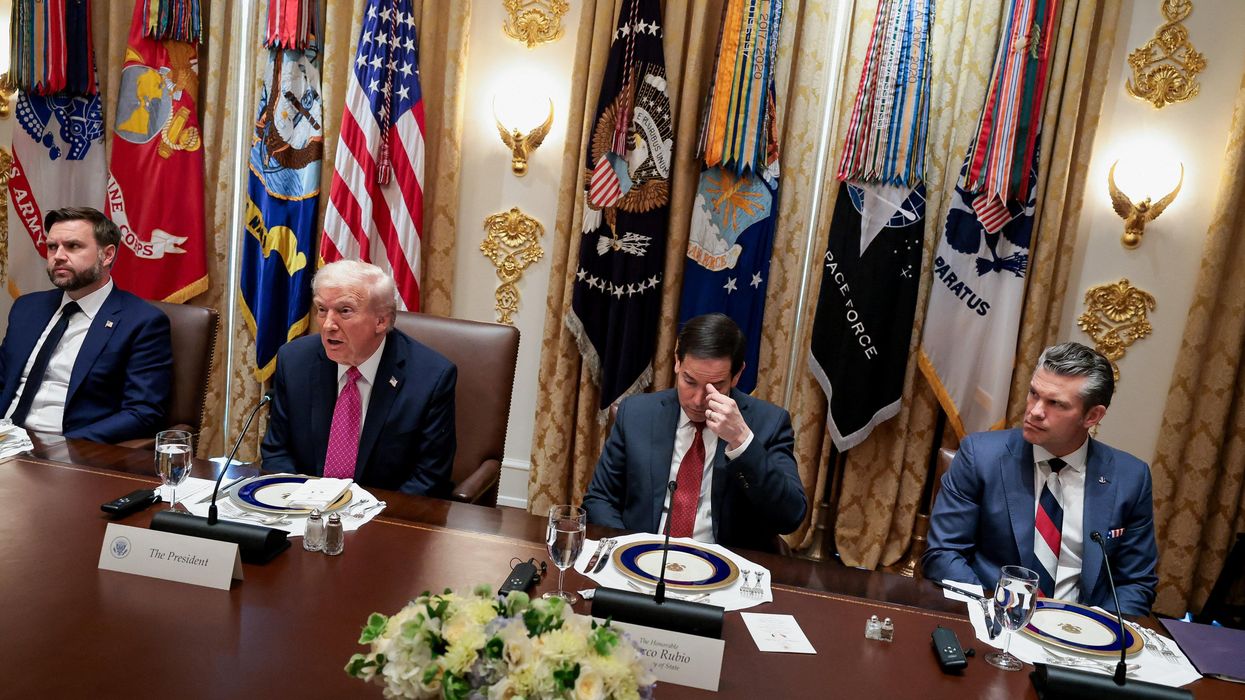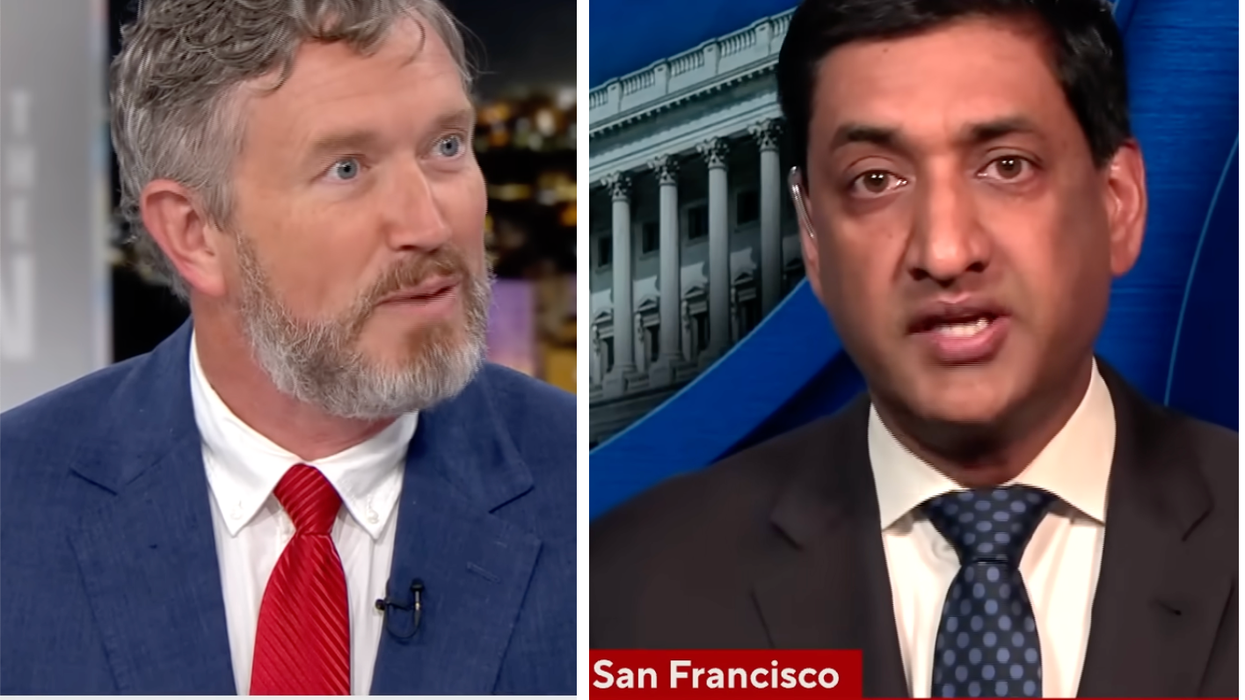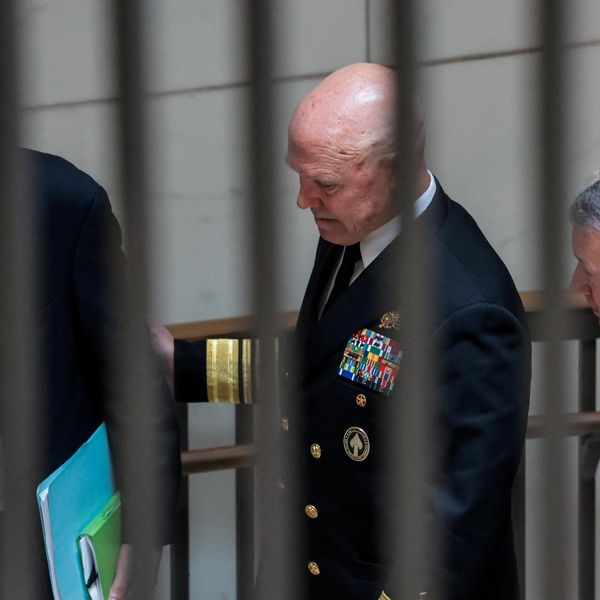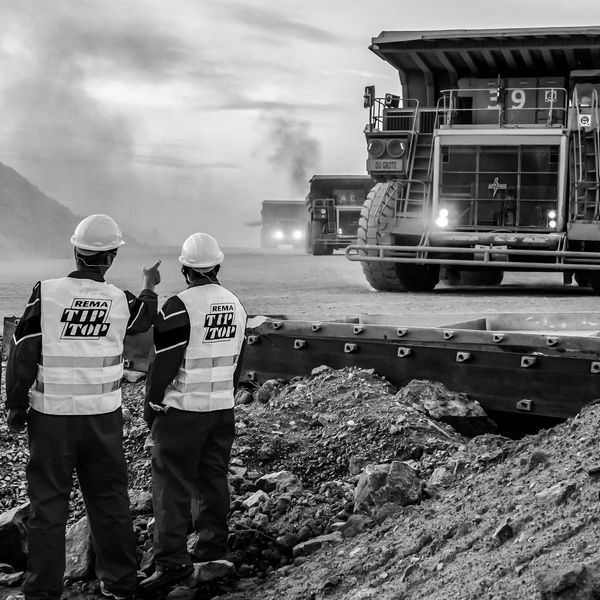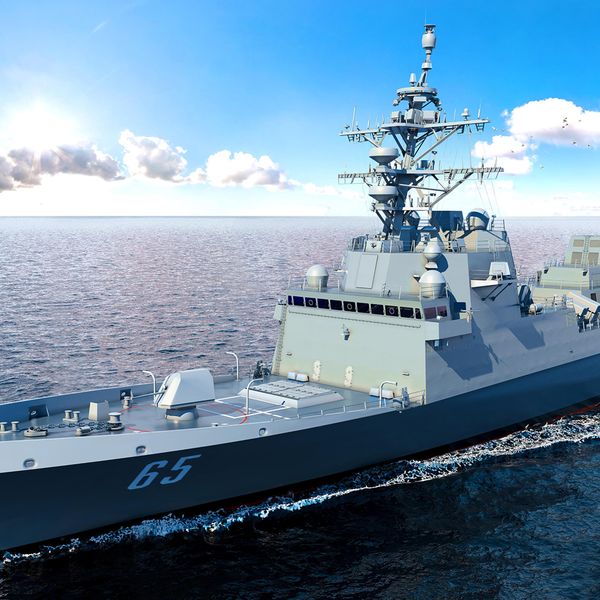The 13-year UN arms embargo on Iran is set to expire on 18 October. As part of its maximum pressure campaign against Iran, the Trump administration has vowed to prevent the flow of arms into and out of the country, recently introducing sanctions that target such trade. The United States and its allies in the Middle East maintain that the expiration of the embargo will allow China and Russia to pour weapons into Iran. But this is unlikely to happen in the near term.
European governments should carefully weigh the risks that come with the expiration of the UN arms embargo. Given the ongoing Western military support to regional partners, and the growing alignment between Israel and the Arab world, the expiration of the embargo is unlikely to alter the balance of power in the Middle East in the short term. The pragmatic way to address these concerns is by reaching side agreements with Russia and China over the timing and scope of such arms sales to Iran, in ways that prevent a rise in tension in the Middle East.
No doubt, Moscow and Beijing will sign arms deals with Tehran – and perhaps even major ones, such as those involving the Russian S-400 missile defence system, which Iran is eager to acquire. Tehran may also seek to sign deals for battle tanks, fighter jets, surface-to-air missiles, and anti-radar missile systems – which can target surface-to-air defence systems, thereby putting the forces of the US and its allies at greater risk in the Middle East. However, given precedent and a series of political and economic restraints, it is unclear whether these deals would result in delivery in the near future.
There is little appetite in Europe to help the Trump administration use the arms issue as a pretext for escalation with Iran.
While Russia may well sign deals for S-400s with Iran, the history of major arms agreements suggests that it could take years to complete delivery. Such arrangements tend to take even longer than usual in the case of Iran. For example, the sale of the Russian S-300 system to Iran took almost a decade to fully deliver. The sale of S-300s coincided with a sharp rise in tension between Tehran and Washington over Iran’s nuclear programme. At that time, Russia maintained that the sale of defensive weapons such as the S-300 was outside the scope of the UN arms embargo (as S-400s would be). Yet Russia showed that it was susceptible to quid pro quo negotiations with the US and Israel to stall the delivery of S-300s during the nuclear stand-off with Iran.
Similarly, China may well begin talks with Iran over an arms package as part of their ongoing negotiations over a long-term partnership agreement. But both Russia and China will be limited by a number of factors in how far and fast they can complete arms deals with Iran.
Significant US political and economic pressure on Russian and Chinese state-owned arms companies could reduce their appetite and ability to go ahead with such transactions. While the outcome of the 3 November US presidential election may affect the intensity and tactics of Washington’s attempts to prevent such sales, the campaign is unlikely to significantly change under a Biden administration.
Nonetheless, there is the risk that an increase in global tensions will push Moscow and Beijing to accelerate arms deals with Tehran. Russia and China have geopolitical and security motivations for selling arms to Iran: primarily to counter the US and, in Russia’s case, to enhance military cooperation with Iran in places such as Syria.
But, at the end of the day, Russia and China will be unwilling to sell arms to Iran unless they are sure to receive payment. Here, US sanctions throw up major hurdles for Iran as it tries to pay for substantial arms deals with Russia and China, especially at a time of low oil prices. As of this month, Iran’s entire banking system has become subject to US secondary sanctions.
Perhaps a more important source of consideration for Russia and China will be Iran’s regional rivals: Israel, the United Arab Emirates, and Saudi Arabia. These countries will seek to leverage their growing economic relations with China and Russia to block and stall arms sales to Iran. China, for its part, sells a significant number of drones to Iran’s regional foes, and will be mindful of protecting that income stream. Russia has also sought to boost its arms deals with the Arab world in recent years. President Vladimir Putin has consistently trodden a careful path to balance the interests of competing regional actors and avoid being pulled too close to either side.
Moscow and Beijing will also be influenced by how far arms sales to Iran fan the flames of regional instability. China, in particular, will not want to risk further disruption to its access to hydrocarbon resources from the Middle East. Iran’s reportedly accidental shoot-down of a Ukraine airliner in January and its seizure of tankers in the Strait of Hormuz in 2019 could also cast doubt on decisions to sell weapons to Iran.
Having said that, the Trump administration has saturated Iran’s regional rivals with arms sales that have done little to ease tensions in the Middle East. These rivals have already pre-empted possible Iranian military purchases by boosting their own. The UAE has recently asked to purchase F-35 fighter jets from the US, and reportedly Israel has pitched for an $8 billion arms deal with the US. The Western military technology that countries such as Israel, the UAE, and Saudi Arabia have access to gives them a major qualitative advantage over Iran. Indeed the annual purchase of arms by these countries dwarfs Iran’s entire military budget.
While Iran will no doubt push Russia and China to supply it with more sophisticated arms and technology, it will also be attuned to their limits in current circumstances. As such, Tehran will likely look to expand its home-grown military capabilities – particularly its drone, cyber warfare, and missile programmes – and to strengthen its ties with groups such as Hizbullah, Hamas, and the Houthis, which have proven capable of imposing costs on Iran’s foes at relatively low cost.
In the coming weeks, one can expect Russia and China to make statements and sign arms deal with Iran that have been part of bilateral discussions in the lead-up to the expiration of the arms embargo. Such moves will likely be designed to poke the Trump administration in the eye after its brash moves to snap back all UN sanctions on Iran at the Security Council in September, and to manage expectations from Iran.
For its part, the European Union will maintain its own arms embargo on Iran till at least 2023. France, Germany, and the United Kingdom even tried to reach a compromise with the US to mitigate the fallout from the expiration of the UN arms – but this was before the US attempt to snap back all UN sanctions on Iran. European countries may increase their efforts to interdict arms sales from Iran to militia groups in Lebanon and Yemen, in accordance with existing UN Security Council prohibitions. However, there is little appetite in Europe to help the Trump administration use the arms issue as a pretext for escalation with Iran.
A pressing concern for European capitals should be that, in the coming months, the Trump administration may deploy its unilateral sanctions on the arms trade with Iran to increase interdictions of Iranian vessels and cargo (including those in the Gulf, and even those headed to Venezuela). Some hawkish voices in Washington have even called for the US to impose a naval blockade on Iran, which would amount to an act of war. Such measures to ratchet up the pressure on Iran – as the Trump administration moves into a second term or its final months in office – could provoke a military clash between Iran and the US in the Middle East. These measures can quickly spiral out of control – as became apparent after the US imposed an oil embargo on Iran in 2019, and assassinated General Qassem Soleimani, commander of the Islamic Revolutionary Guard Corps’ Quds Force, early this year.
European capitals should focus their immediate efforts on preventing such escalation and mitigating the threat to their interests in the region. Working with Moscow and Beijing to assuage US fears should be part of this. But Europeans should also reach out to various interlocutors in Washington, primarily the defense community, to reduce the likelihood of escalation with Tehran in the coming months – especially if the advent of a Biden administration provides an opening for a return to diplomacy in January.
This article has been republished with permission from the European Council on Foreign Relations.



